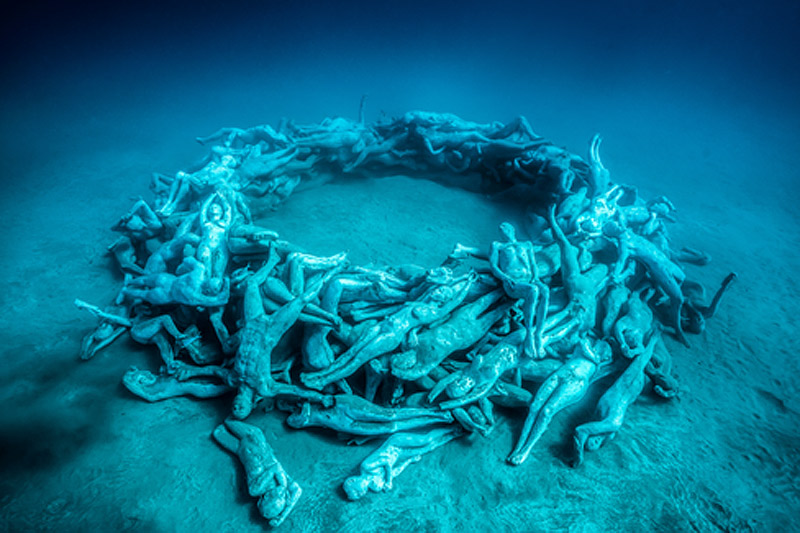To get to this gallery, park your Lanzarote low cost rental car and head down a few metres under sea level. We can promise that the experience is worth it. Nobody will be left cold by the amazing Lanzarote Atlantic Museum.
Coming to visit Lanzarote during your holidays is a decision that you'll never regret. This island, carved out of the Atlantic by a volcano, offers a number of options for leisure and sports, with plenty related to the ocean. With its unique landscapes, you'll feel like you've gone on holiday to another planet: the volcanoes, the miles and miles of solidified lava, the intense blue of the sea and the sky...it's hard to imagine anything better.
At Payless, we've already told you some of the things that you simply must do with your low cost rental car in Lanzarote, to ensure that you make the most of your holiday. Today we're going to let you know about something a bit different. Park your car and prepare for a voyage under the sea!
The Lanzarote Atlantic Museum is dedicated to art, with more than 300 sculptures to be seen. But what makes it different is this: unlike most art galleries, you can only access it by snorkeling, diving, or in a submarine. The project was started in 2016, and the museum opened its doors to the public at the start of 2017. The sculptures, made by Jason deCaires Taylor, celebrate the lifestyle of Lanzarote.
The gallery also promotes the marine biodiversity which is an essential part of life on Lanzarote. The sculptures have been made to be of a neutral pH value, which helps to contribute to local marine biomass. It seems to be working: since the gallery opened, numbers of species in the surrounding area, including angel sharks, barracudas and sardines, have increased.
If you want to visit this unique museum, take your rental car to Playa Blanca in the town of Yaiza. When you're there, you'll need to head to the Bahia de Los Coloradas, where you'll find the 2,500 square metres that make up the museum. Divers will pay €12 to enter, while snorkelers pay €8. 2% of the entrance fees are dedicated to projects to protect, conserve and study the marine life of the islands.
